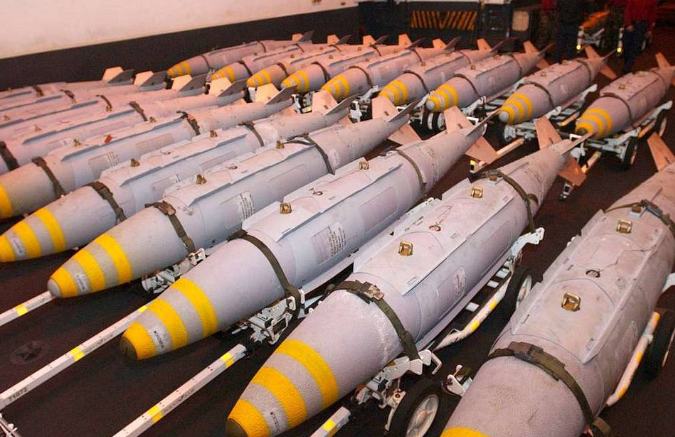
“Better never stops,” Air Marshal Johnny Stringer once remarked earlier this year in describing the incessant pace of military advances during the war in Ukraine. That maxim found ample expression in mid-February 2025 in the form of the exact bombing inside Russian borders by the Ukrainian Air Force of the drone-base in the area of Kursk.
The bombing of the vicinity of Elizaveta wasn’t just another battlefield victory it involved the use of an recently modernized American munition, the 1,000-pound Mark 83 bomb fitted with the JDAM-ER guidance package. Footage supplied by the General Staff of Ukraine preserved the moment of impact in all its meticulous detail, testament to the ever-increasing sophistication of Ukraine’s airspace assets.
The strike lies at the intersection of state-of-the-art munitions technology, emergent air warfare doctrine, and asymmetry. These are the seven key lessons of this operation and its implications across modern conflict.
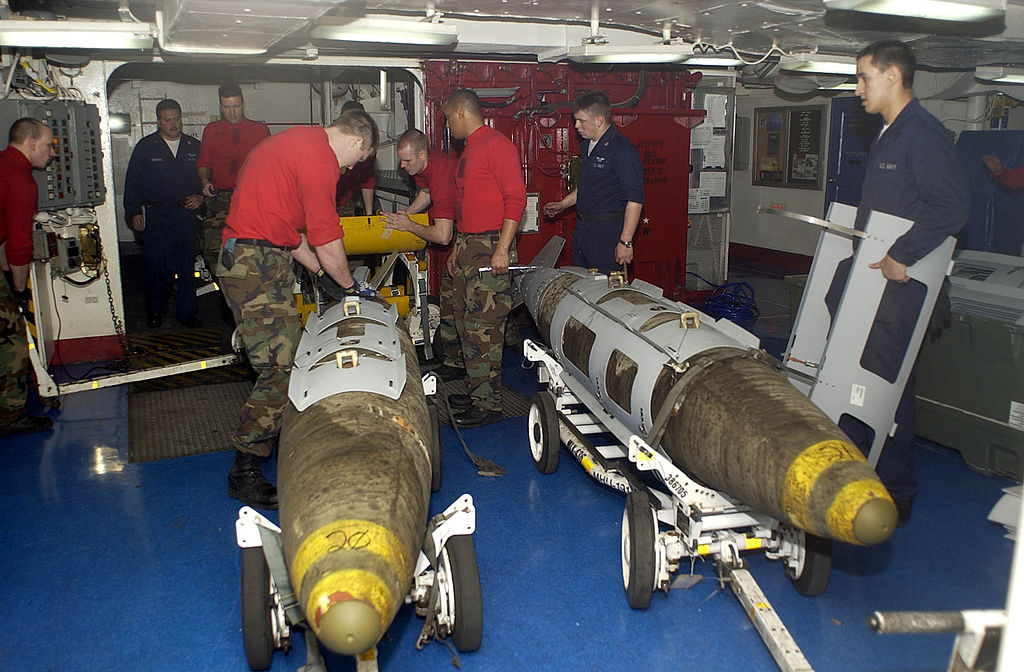
1. A History of the 1,000-lb. JD
Up until the start of 2025, the Ukrainian military’s employment of the JDAM-ER kits utilized the 500-pound Mk-82 bomb. The February raid saw the battlefield introduction of the bigger previously unreported variant seemingly modelled after the Mk-83. Neither the US military nor Boeing had ever officially confirmed such a variant, and it accordingly caught the attention of defines observers when it inexplicably appeared.
JDAM-ER kit provides pop-out wings to a trailing GPS/INS-guided section and increases standoff distance to over 40 miles up to 50 miles with high-altitude delivery. It enables the Ukrainian aircraft to attack hardened positions and remain out of the effective zone of the short-range air defences of the Russians. The larger payload of the 1,000-lb bomb provides destruction force against hardened targets, and this matches Ukraine’s deliberate destruction effort against the military infrastructure of the Russians.

2. Su-27 Flanker: The New JDAM
The videos of the strike and the previous accounts confirm the weapon was deployed off an Su-27 Flanker, with higher range, altitude, and payload capacity than the MiG-29. Su-27 carries someday-ERs along with air-to-air missiles for close in defines with over 9,500 pounds capacity for the external stores and 10 hardpoints.
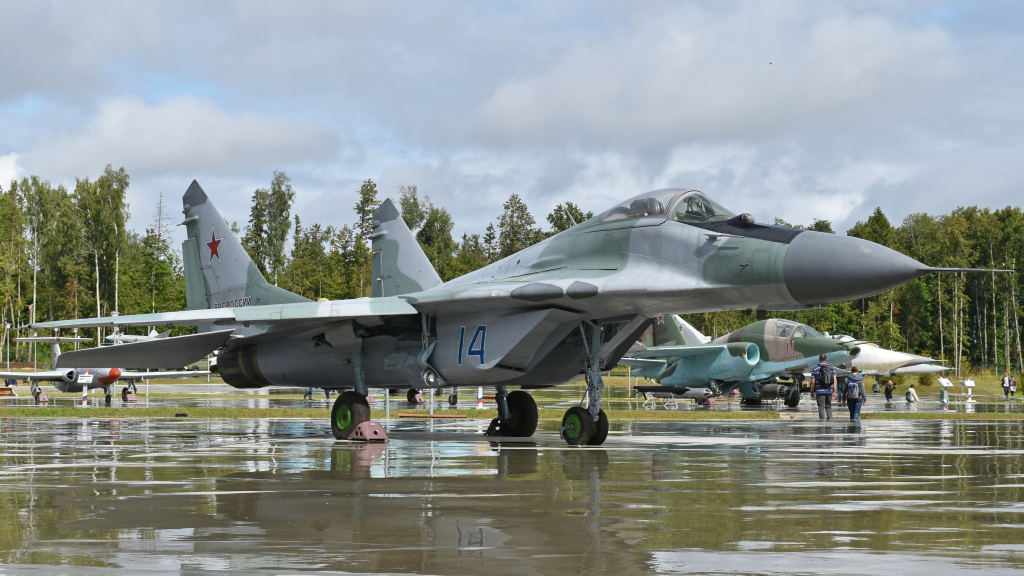
The aircraft’s higher and faster in-flight altitude compared to the MiG-29 optimizes the range of the glide bomb and positions pilots farther away from the Russian air defences. Special purpose pylons such as earlier such variants in the AGM-88 HARM missiles enables Soviet-designed fighters to carry Western accurate munitions. There is speculation that such pylons also be installed with electronic support measures for detecting and geolocating the adversary’s radars in order to enhance survivability.

3. Targeting Russia’s UAV Firing Sites
The base at Kursk contained the 28th Infantry Battalion of the 60th Separate Motorized Rifle Brigade of the Russian military and served to launch UAV missions into the Sumy Oblast of Ukraine. By striking this hub, Ukraine severed one of the supplies of perennial aerial harassment.
The General Staff of Ukraine framed the operation within the “systematic effort” to eliminate threats in the border area. Taking out the launch sites for the drones shuts off the short-range raiding attacks but obliges Russia to move or rebuild infrastructure in the higher risk area, which strains logistics and planning in any military operation.

4. Precision-Guided Munitions in Asymmetric Planning
TheJDAM-ERs deployed by Ukraine belong to some broader effects-based operational philosophy, like in the June 2025 operation of the Spider Web. With no long-range missiles and strategic bombers, Ukraine has resorted to precision munitions nearly all off cheap platforms to achieve strategic objectives out of proportion with their scope. By targeting points of great worth rather than absorbing attritional trades, Ukraine counters the numeric strengths of Russia. The tactic has echoes in classic Cold War concepts of center-of-gravity attacks with contemporary hardware that brings together cheap delivery platforms with advanced guidance tech.
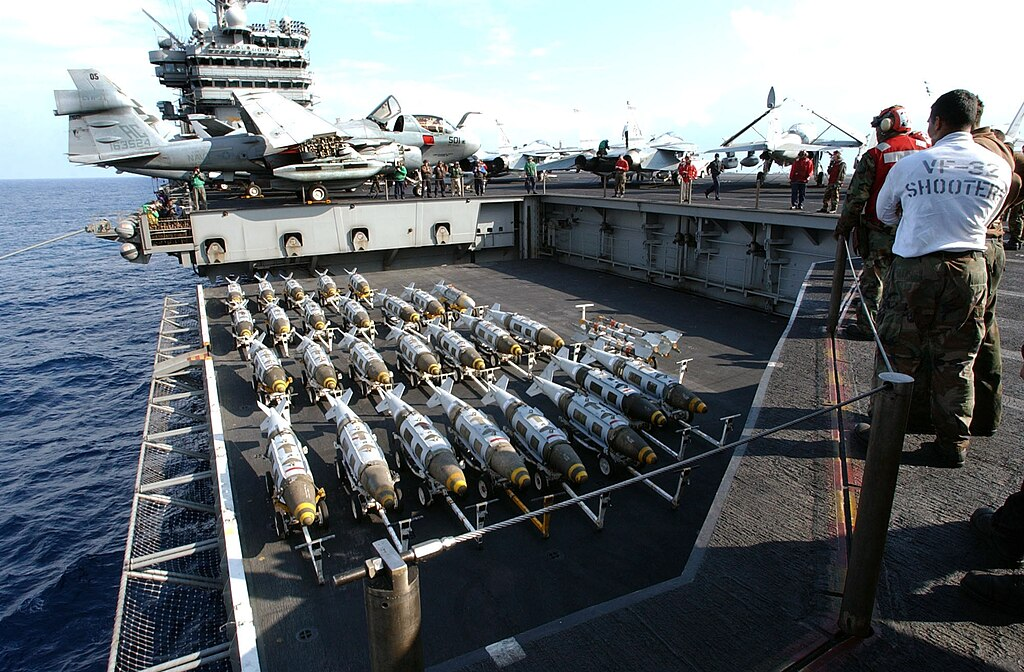
5. Counter Electronic Warfare Threats
JAMming of the Russian GPS has diminished the efficacy of precision munitions. Ukraine is set to swap out its JDAM-ER kits for Home-on GPS Jam seekers so that bombs can home on the jamming emanations. It converts electronic interference that otherwise would be an offensive capability into a weakness.
These steps become essential in disputed RF environments where both sides lack dominance in the spectrum. Meshed networks, communications via satellite, and inertial navigation backups also comprise the inventory of Ukraine in seeking assurances that munitions hit targets in the face of adversary electronic warfare.
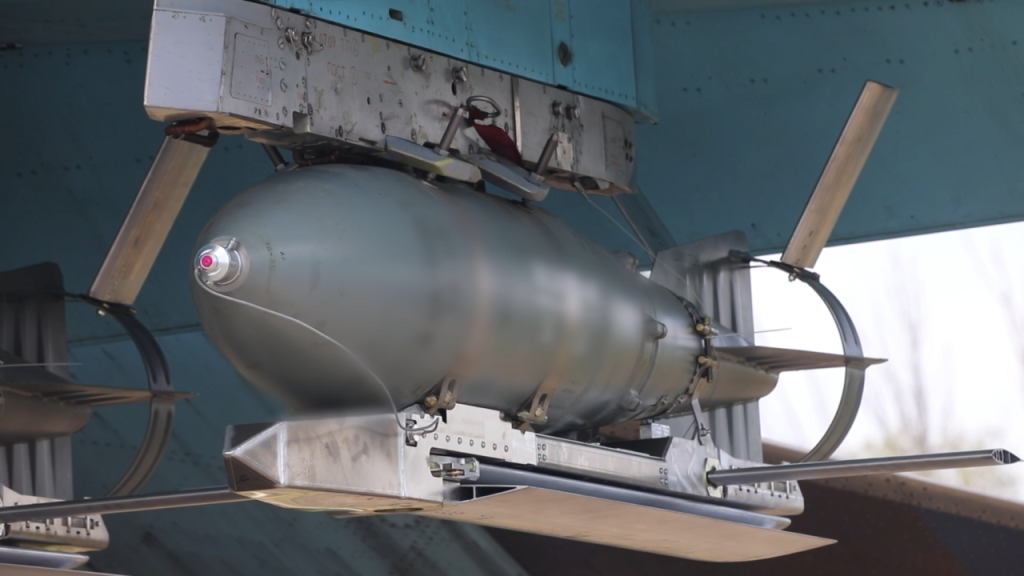
6. Survivability and Air Defense Lessons Learned
The Kursk attack shows the difficulty of intercepting standoff glide bombs. Russia’s own UMPK glide bombs, though simpler, have had similar effects on the defenses of Ukraine. Air Marshal Stringer’s exhortation to “go back to the first principles” of integrated air and missile defense shows the necessity of countering both the high-end and low-budget air threats.
Survivability for Ukraine begins with the position of launch aircraft beyond the threat areas of the adversary. But for NATO and others watching, the lesson is clear: the layers must be reactive to democratization of air power, in which holding back military forces can assemble assets for precision-strike.
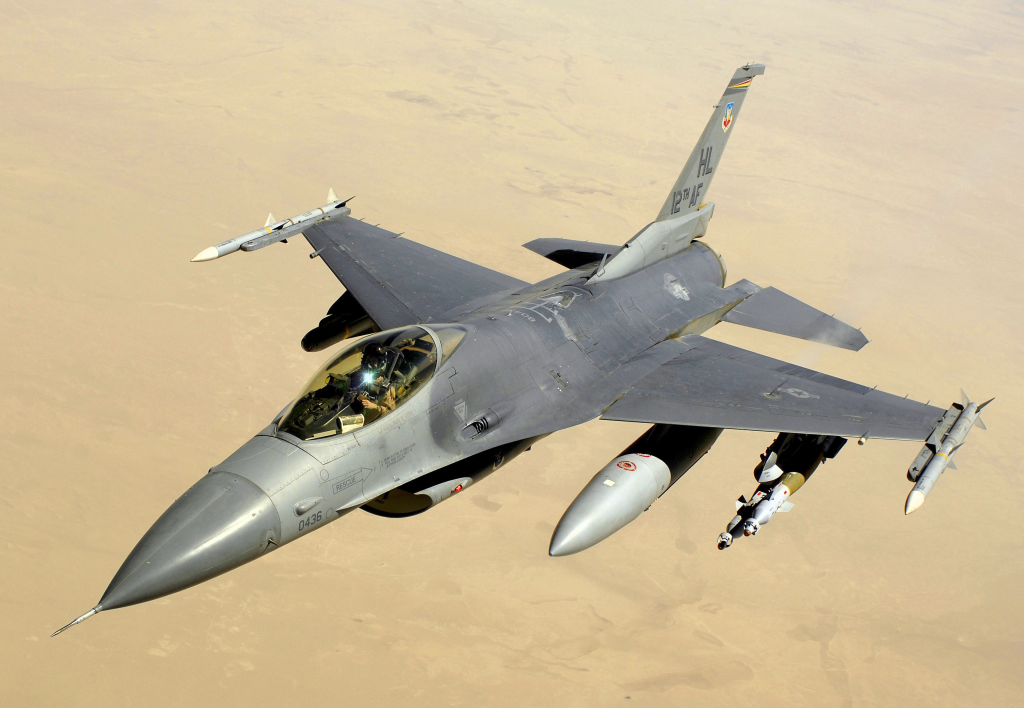
7. Strategic Significance beyond the Battlefield
The 1,000-lb JDAM-ER delivery is the increasing melding of Western technology with the Soviet-era platforms of Ukraine. The latter increases near-term battlefield capacity and deploys operational expertise prior to future F-16 shipments. Moreover, the war illuminates the geopolitical value of military aid. Military arms transfers by the United States and Australia have enabled Ukraine to expand its reach and precision and to strengthen deterrence by making it clear to aggressors that any attack would draw “inevitable consequences,” according to the General Staff of Ukraine.

It’s a lesson for defense strategists in how tailored transfers of technologies can transform the equation inhigh-intensity conflict. February 2025’s Ukraine raid at Kursk was more than a tactical success it was an instance of creativity in the midst of war. By coupling a newly modified 1,000-lb JDAM-ER with the Su-27 platform, Ukraine took its precision firepower deep behind the lines of the adversary with minor exposure to air defenses. Military technologists and strategists view the operation as something of a template for how to couple advanced munitions with old platforms, how to compensate for electronic threats, and how to take advantage of the principle of asymmetry in order to outflank an adversary superior in number. Flexibility in modern conflict is not an imperative but an absolute necessity.

